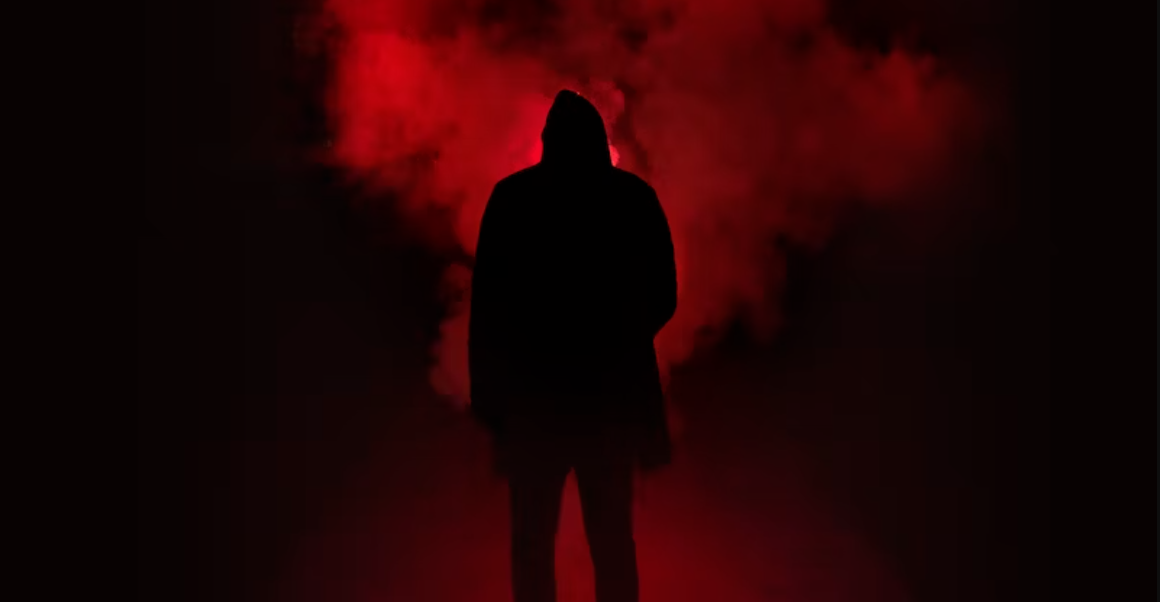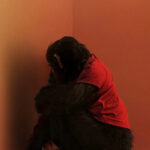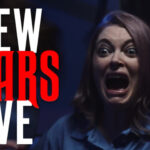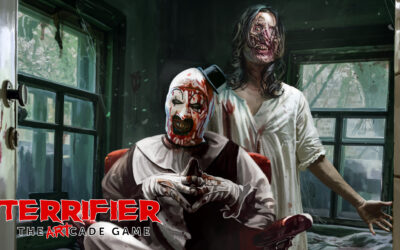The realm of horror gaming is a treasure trove of mind-bending narratives, unnerving environments, and pulse-pounding moments. But it’s the intricate design elements that truly drive the fear factor, keeping players on edge and fully immersed in their dark adventures. In this article, we will delve into how horror games keep players on their toes, spotlighting the tools that designers use to create immersive, engaging, and terrifying gaming experiences.
The Art of Uncertainty
Uncertainty is a cornerstone of the horror genre. Gaming often amplifies it through unpredictable enemy encounters, mysterious puzzles, and opaque narrative threads. Take Silent Hill’s iconic fog, for instance, which limits visibility and obscures potential threats, thus elevating player anticipation and fear. This uncertainty about what lurks behind the shadows keeps players perpetually on their toes. Every corner turned or a door opened becomes a potential trigger for dread.
Moreover, developers masterfully use uncertainty to manipulate pacing. Unpredictable patterns of calm periods interspersed with sudden frights, known as “jump scares,” create a rhythm of tension and release. This uncertain cadence, which keeps players constantly guessing, mirrors the very nature of horror – the anticipation of terror is often as powerful, if not more so, than the fear-inducing event itself.
Doubling Down on Decision Making
Before we dive into this point, let’s first clarify the concept of “doubling down.” Doubling down is an idiom that comes from blackjack. A double-down blackjack involves choosing to double the initial bet in exchange for committing to stand after receiving one more card. It’s a decision-reward scenario that requires quick thinking, strategic judgment, and nerve, as you won’t be able to hit again if you get a low card. However, if you win, you receive winnings based on your doubled amount. But how does this apply to horror gaming?
In gaming, the doubling-down concept is often repurposed to create suspense and raise the stakes. When faced with tough decisions, like whether to confront a terrifying enemy or slip past it, players are, in essence, doubling down. They’re wagering their character’s survival on a course of action that could either lead to progress or disaster.
For example, in Dead Space, ammunition is scarce. Players are often confronted with choosing to use their limited resources to fight an enemy or save them for a potentially more brutal encounter later on. This “doubling down” adds an extra layer of tension, forcing players to weigh the immediate threat against future uncertainties.
Immersion Through Sensory Experiences

Sound, visual effects, and control mechanics play critical roles in shaping a horror game’s atmosphere and immersion. The rustle of leaves in the wind or the distant echo of a monster’s growl can significantly amplify fear. Additionally, the strategic use of silence can serve as a potent tool, creating a palpable tension that amplifies the effect of sudden noises or scares.
In Alien: Isolation, for example, the use of dynamic lighting and shadows, combined with the unpredictable nature of the Xenomorph’s AI, intensifies the feeling of being hunted. The game utilizes a haunting soundscape, leveraging chilling audio cues that inform the player of the Xenomorph’s proximity and keep them constantly on edge.
The control mechanics also play a vital role in furthering the immersive experience. In Amnesia: The Bunker, players can physically manipulate objects and doors, adding a realistic touch that deepens the sense of immersion and heightens the tension when frantically trying to escape a pursuing enemy. This active engagement, coupled with the game’s expertly crafted atmospheric sound and visual design, effectively blurs the line between the gaming world and reality, leading to a uniquely immersive and nerve-wracking experience.
In summary, horror games’ ability to keep players on their toes stems from the delicate balancing act of several elements. Whether it’s the anticipation derived from the concept of “doubling down,” the spine-chilling uncertainty of what’s waiting in the shadows, or the sensory experiences that pull players deeper into the story, these elements come together to create a truly engaging and nerve-wracking experience. This intricate blend of mechanics and atmosphere illustrates why horror games continue to captivate and terrify audiences, offering interactive experiences that are both unnerving and unforgettable.














